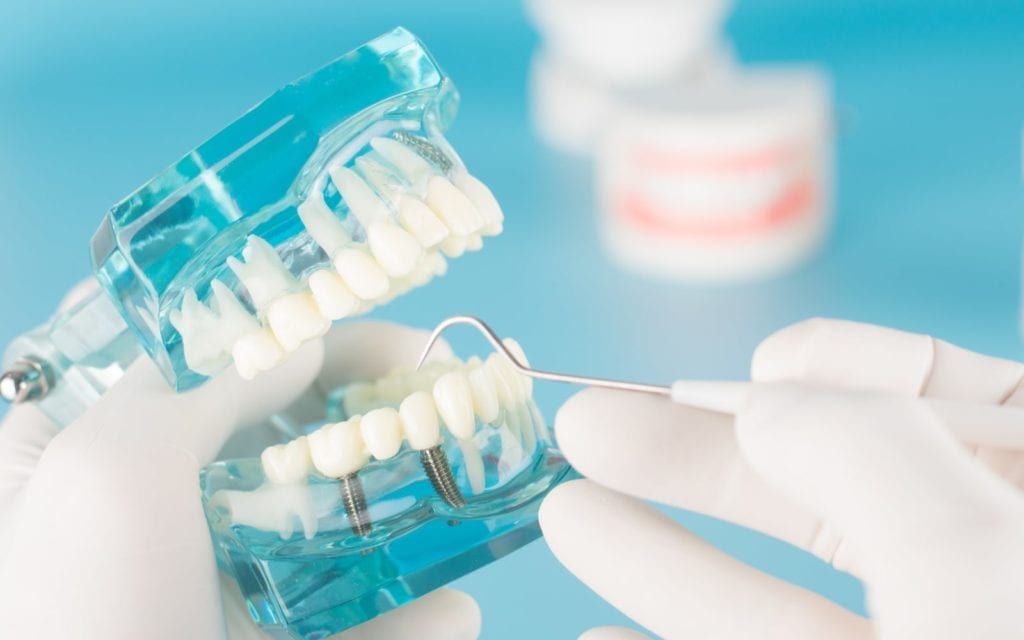Over the course of the last two decades, dental implants have emerged as the leading tooth replacement option in almost every case. Implants boast many attributes that make them stellar dental prostheses and are truly unmatched by any other type of tooth replacement treatment. Coincident with the rising popularity of dental implants is the idea that having a diseased tooth extracted and replaced with an implant might be a better option than treating the diseased tooth and restoring it to functionality. But while dental implants are at the forefront of modern dental technology, always remember that they, along with dentures and bridges, are not designed to replace teeth. They are designed to replace missing teeth. Sometimes broken or diseased teeth cannot be saved. In those instances, extraction and implant placement is an excellent course of action. But any time a tooth can be saved, it should be. Because not even dental implants can replace real teeth.
The most common scenario in which patients finds themselves debating saving a natural tooth or extracting it is when a tooth has become abscessed and requires root canal treatment. The mere phrase “root canal” has become synonymous with a situation to be avoided at all possible costs. This is due to widespread misconception about what a root canal actually is, what it feels like, and what it means for the tooth going forward.
A root canal procedure, in a nutshell, removes the nerves and blood vessels from the interior of the tooth. This is done when bacteria infect these tissues, a condition known as an abscess. An abscessed tooth cannot be cured in any other way. With the tissues removed from the tooth, the hollowed-out parts of the tooth are filled with sterile, inert materials and, in almost every case, a crown is then placed on the tooth.
Root canals have significant advantages over dental implants, not the least of which is the cost. Merely placing an implant, not including a crown, will cost several thousand dollars. Often times, a root canal and crown are less expensive, not to mention commonly covered by insurance. Furthermore, dental implants are a time-consuming treatment; several months must pass before a crown can be placed on an implant and thereby making it functional. In contrast, a root canal and crown can be done in a matter of days—or even in one day.
Most importantly, though, as good as a dental implant is, it still isn’t your tooth. Nothing can replace a natural part of the body. Natural teeth feel and function differently than prostheses, and they exist harmoniously with the rest of the oral environment. If you are currently faced with the prospect of having a root canal done, rest assured that making the choice to save your natural tooth is always the best choice.



